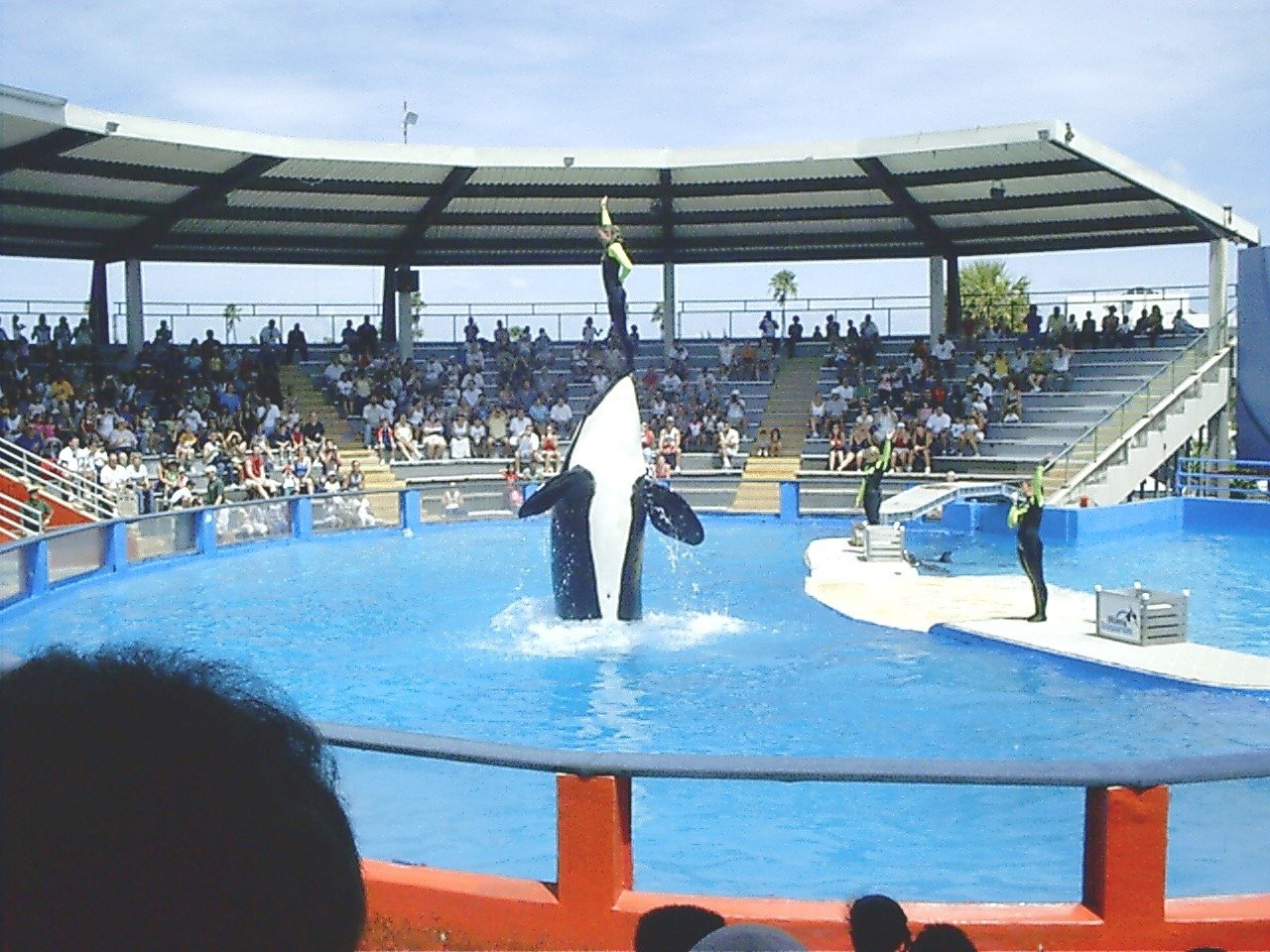
Tokitae, or Toki, the oldest killer whale in captivity, will finally be released to her "home waters" in Puget Sound, off Washington State. The 57-year-old orca, nicknamed Lolita, was captured when she was four and sold to the Miami Seaquarium in Florida. She entertained park visitors for over five decades before retiring in 2022.
The 5,000-pound (2,267-kg), 20-foot-long (6 meters) orca has spent most of her life in a tiny tank. It measures 80 feet by 35 feet (24 meters by 11 meters) and 20 feet (6 meters) deep!
The news of the killer whale's release was announced on March 30, 2023. Toki will be reintroduced to the wild gradually. She will begin her new life in a netted 15-acre (6-hectare) whale sanctuary built in the waters around the San Juan Islands. The killer whale will initially be restricted to a smaller enclosure within that sanctuary and monitored closely.
If all goes well, the orca will eventually be reunited with her family. Toki is believed to be the daughter of the 89-year-old leader of the L-pod. This is one of three groups that make up the Southern Resident killer whales. The endangered orcas live in the Salish Sea between Washington State and British Columbia. As of July 2021, only 73 Southern Residents remain.

Though hailed as a victory by animal activists, Toki's former caregivers are not thrilled about the killer whale's release. They believe the animal is in poor health and the stress of the move, which could take multiple days, might kill her. She could also be susceptible to pollutants in the ocean waters.
Instead, they suggest keeping her in Florida. One option is to move her to SeaWorld Orlando. The marine zoological park has one of the largest killer whale habitats in the world. They also have the expertise to provide the care Toki needs. Additionally, the move would take only a few hours. This would be less traumatic for the killer whale.
Resources: NPR.org, cascadiadaily.com, friendsoftoki.org